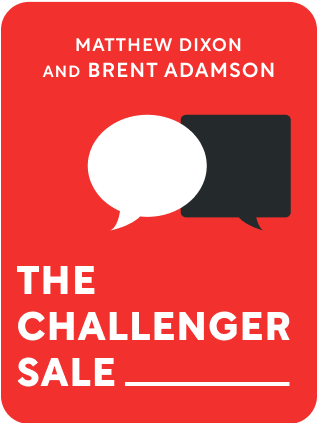

This article is an excerpt from the Shortform summary of "The Challenger Sale" by Matthew Dixon and Brent Adamson. Shortform has the world's best summaries of books you should be reading.
Like this article? Sign up for a free trial here .
What is needs based segmentation in sales? Does it work within the Challenger Sale Model?
In Challenger selling, needs based segmentation can work as a part of your overall sales strategy. In sales, needs based segmentation helps sales reps construct a helpful and effective pitch, and connect with customers over common needs.
Using Needs Based Segmentation
Once you’ve agreed on your company’s unique benefits and you’ve created a set of insights to teach customers, the next step is organizing your material into an effective teaching pitch.
An effective teaching pitch follows a formula, but it also has an emotional component. Your pitch must tell a compelling story incorporating suspense and a few surprises. It’s like an amusement park ride that takes customers through a dark tunnel before showing them the light at the end: your solution.
An effective pitch must engage both the rational and emotional parts of the customer’s brain in order to get a decision. It speaks to logic but also triggers the customer’s dismay at the money being wasted or the risk they’re exposed to. While there are actually four rules for Challengers regarding a great pitch, here we’ll focus on a big one in sells: Needs based segmentation, and why it works.
Segment Customers Based on Need
Commercial Teaching is a great business strategy, but to apply it effectively and efficiently, sales reps need expert market research and analysis from their organization. To deliver unique, relevant insights to individual customers about their business, reps need data and analysis that are widely applicable. This is where organizational support is crucial.
Marketing departments should research customer segments and generate insights linked to solutions and applicable to specific segments. Reps can then approach customers with a handful of scripted insights and diagnostic questions that help them present the right insight for the customer. This is called needs based segmentation.
However, generating insights useful for Commercial Teaching requires marketing professionals to think differently about segmentation. (Shortform note: Market segmentation is dividing a target market into smaller groups of customers that share common characteristics.)
Needs based customer segmentation is more useful than traditional segmentation by, for instance, geography or industry. Reps can apply the same insights to customers across various industries by focusing on needs they have in common, for instance, improving cash flow, reducing employee turnover, or improving workplace safety. In each case, reps can help the customer think about the need or problem differently (reframe), explain the costs of inaction, and propose action linked to the supplier’s solution.
Constructing Your Conversation
Once they’re decided to use needs based customer segmentation, you need Challenger reps to deliver your teaching message. But the rest of the organization must construct the teaching conversation—including the company’s unique benefits, the surprising insights, and the choreography.
Here are the key organizational tasks:
- Identify the unique benefits
- Segment customers by need
- Generate compelling customer insight
- Develop teaching-based sales materials (collateral)
The company must build the foundation for success long before the rep gets in front of the customer. The company’s researchers and analysts build the customer insights that create the most value for customers in the sales interaction. This shifts the rep’s role from discovering the customer’s needs to guiding the conversation, the parameters of which have been created in advance according to needs based customer segmentation.
As a result, well-packaged Commercial Teaching is actually easier for reps than typical solution selling. Success in Commercial Teaching doesn’t depend on the rep’s ability to customize a pitch on the fly.
With a Commercial Teaching framework:
- The customer’s needs are predetermined
- The conversation is scripted (reps improve with practice and experience)
- The solution is predetermined based on needs based segmentation
Meanwhile, the company’s message and collateral must evolve to stay current with the customer’s business environment. Commercial Teaching isn’t a one-time exercise but an ongoing capability in which the entire organization is invested.
You can see that needs based segmentation in sales can be highly effective. Depending on the type of sale, you may used needs based segmentation often.

———End of Preview———
Like what you just read? Read the rest of the world's best summary of Matthew Dixon and Brent Adamson's "The Challenger Sale" at Shortform .
Here's what you'll find in our full The Challenger Sale summary :
- Why the best salespeople take control of the sale and challenge the customer's thinking
- How to package your company with a key insight to spark an "a-ha" moment
- How to get the organizational support you need to maintain your sales edge






